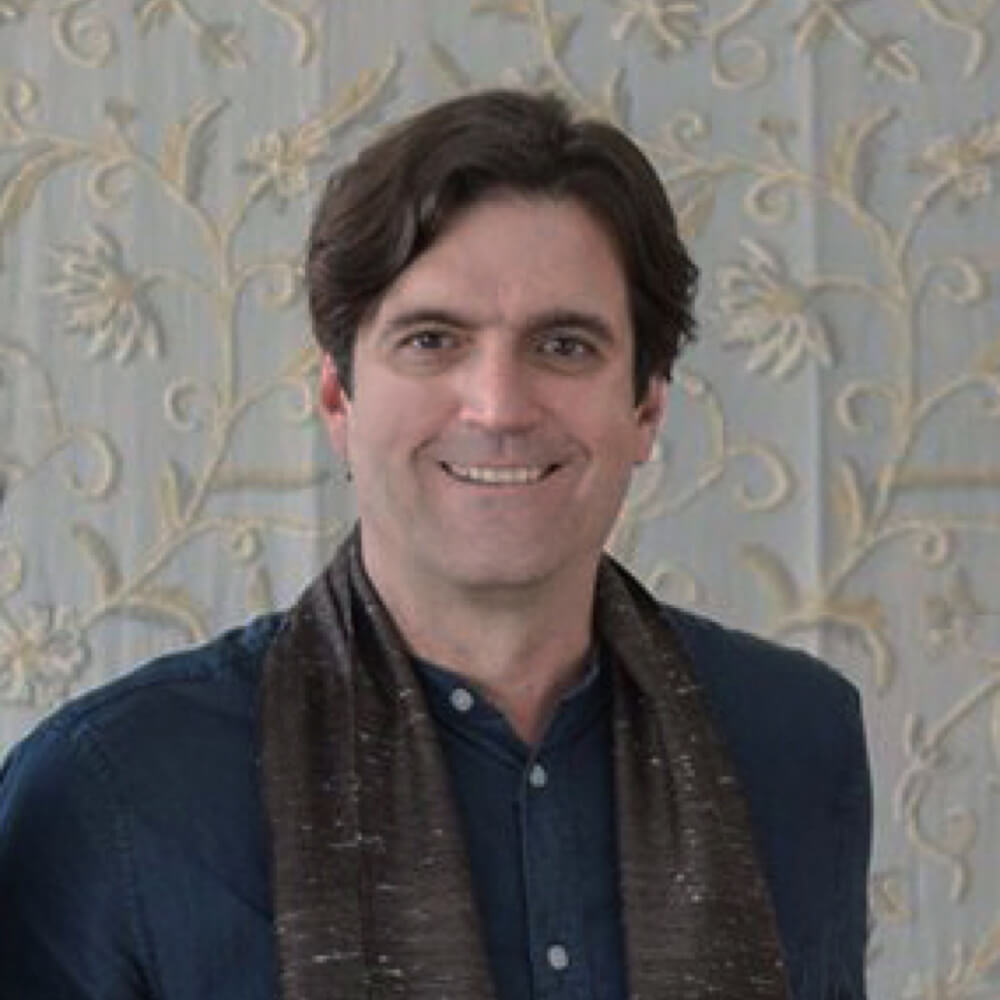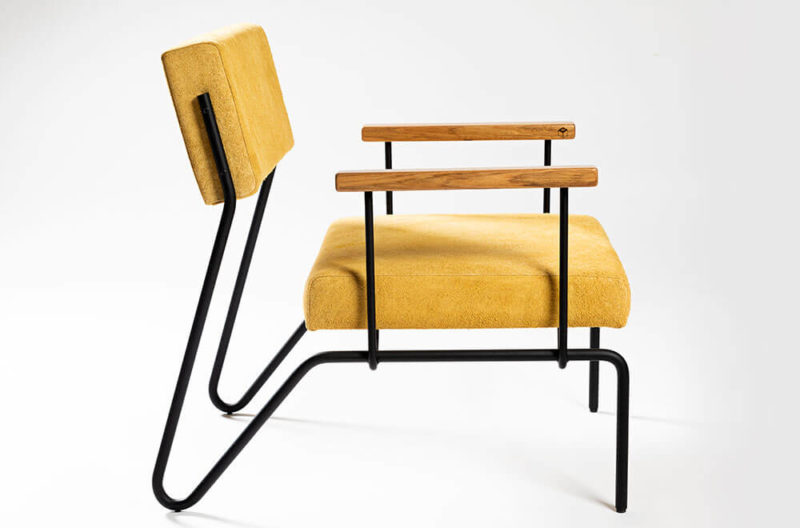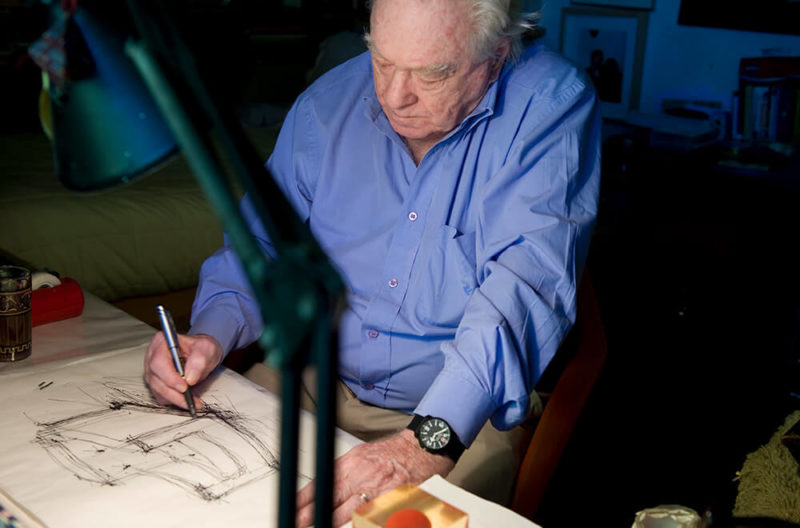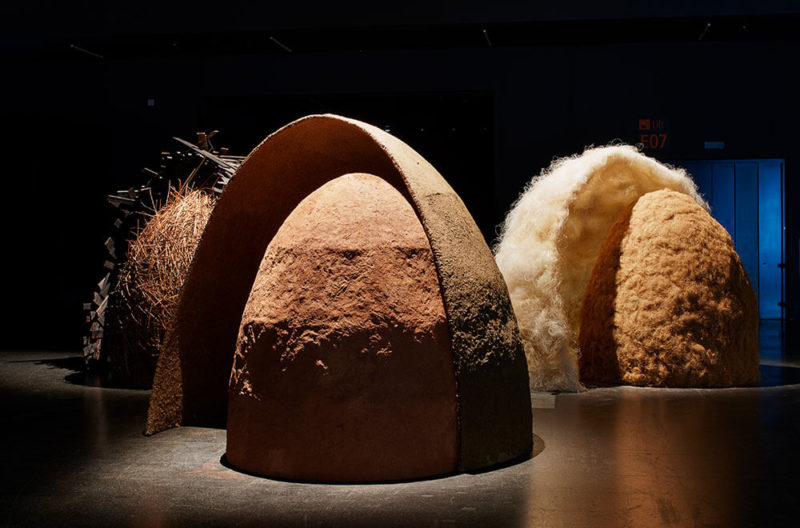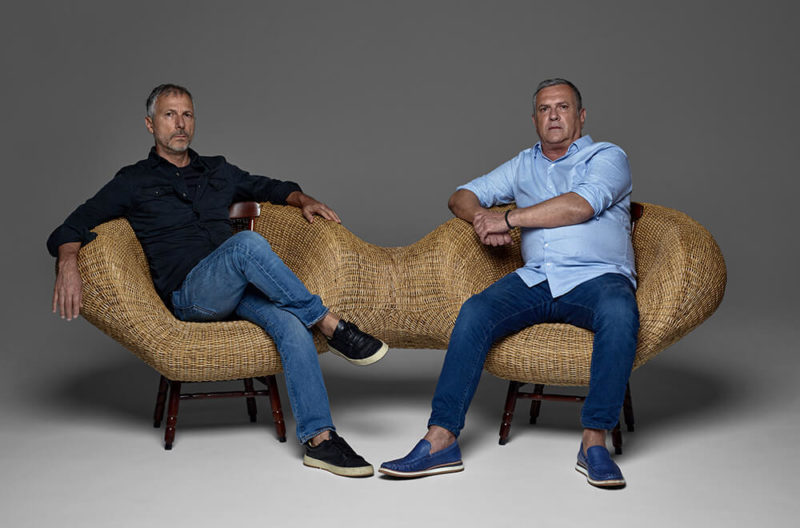(Entre) Tempos: Jorge Zalszupin
An atmospheric curation of the late designer's architecture and furniture, in the house he lived in for six decades.
São Paulo
9th – 30th June 2021
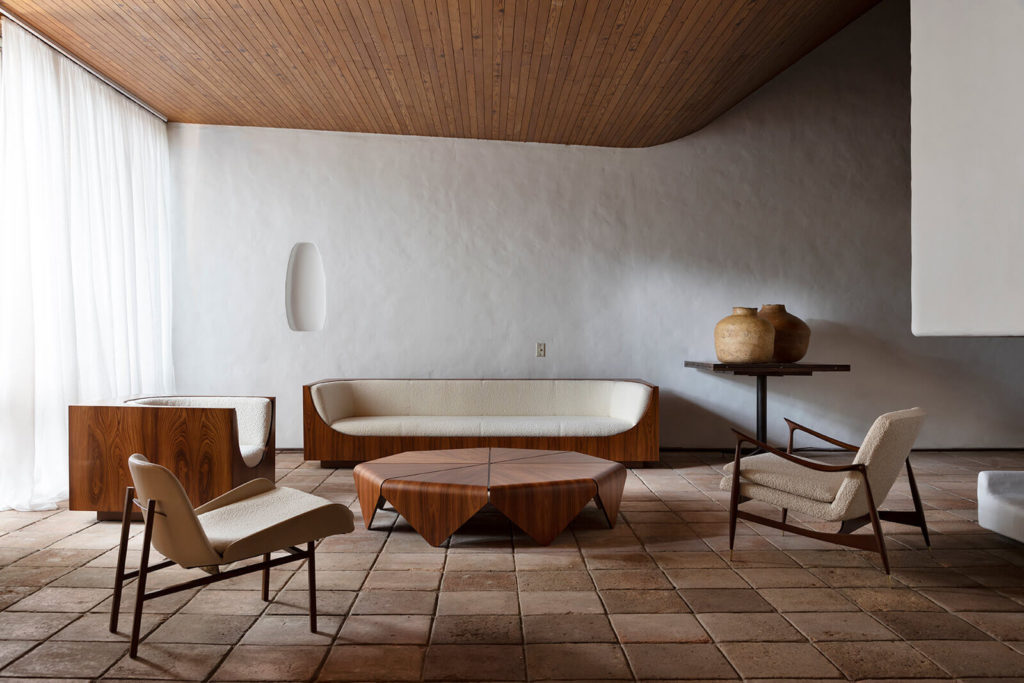
Living room area, featuring (left/foreground) ‘Adriana’ chair, 1962; (background) ‘Cubo’ armchair and sofa, 1970; (right/foreground) ‘Dinamarquesa’ chair (1959/2006); (centre) ‘Petals’ coffee table (1959/2006) COURTESY: ETEL / PHOTOGRAPH: Ruy Teixeira
THE LATE BRAZILIAN designer Jorge Zalszupin was mostly known for his exquisitely detailed, elegant furniture designs. But a new exhibition happening this month in São Paulo sheds some light on two of his other creative outputs: architecture and art. Intimate in both scale and concept, the exhibition, titled ‘(Entre) Tempos: Tribute to Jorge Zalszupin’, takes place at the house he designed for himself and lived in for 60 years until his death last August.
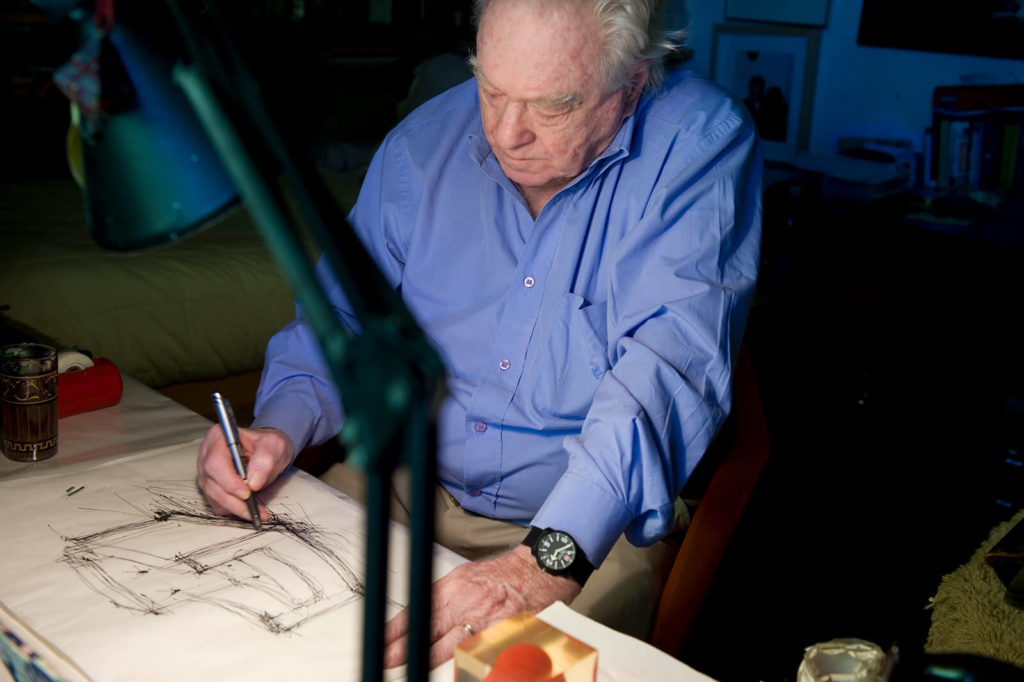
Jorge Zalszupin
PHOTOGRAPH: Gui Gai
As part of the organisation of his estate, the house had been emptied out, offering a rare opportunity to see Zalszupin’s architecture in its pure form of basic space. It was an opportunity that was not lost on design curator Lissa Carmona, who saw it as a chance to do something special to celebrate the designer and friend.
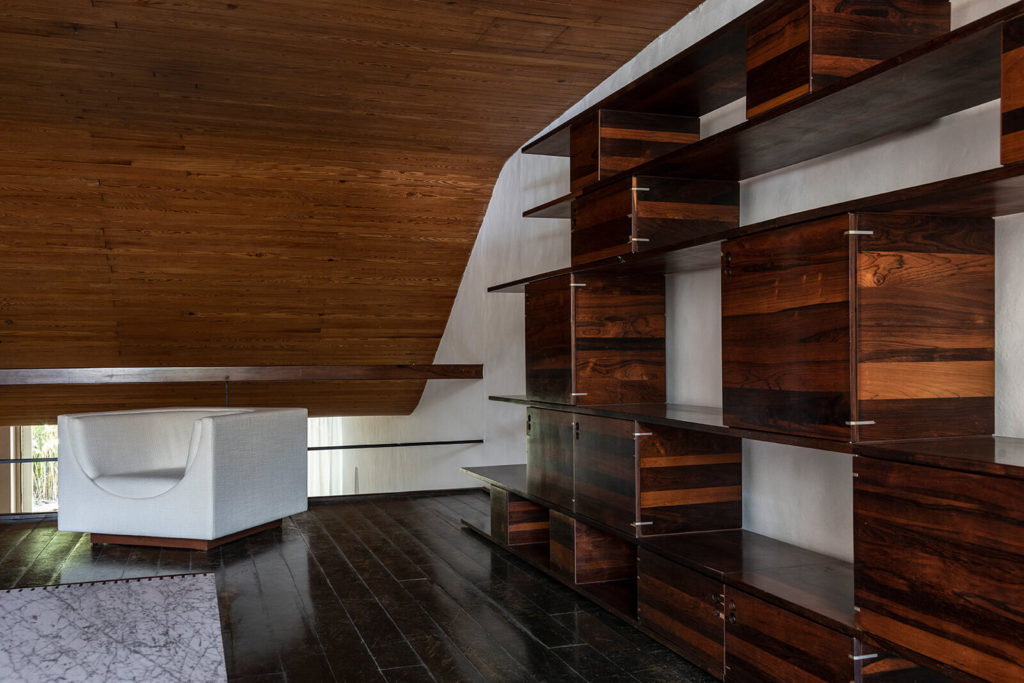
Installation view
COURTESY: ETEL / PHOTOGRAPH: Ruy Teixeira
Carmona is the CEO of ETEL, the bespoke workshop that makes all the Zalszupin pieces. During the past 20 years she developed a close working relationship with Zalszupin and was eager to pay homage to him. “The title of the exhibition, ‘(Entre) Tempos’ – Portuguese for ‘in between times’ – refers to this special window of time we have with the house where it will go from being his home to becoming part of what hopefully will be an enduring legacy,” she explains.
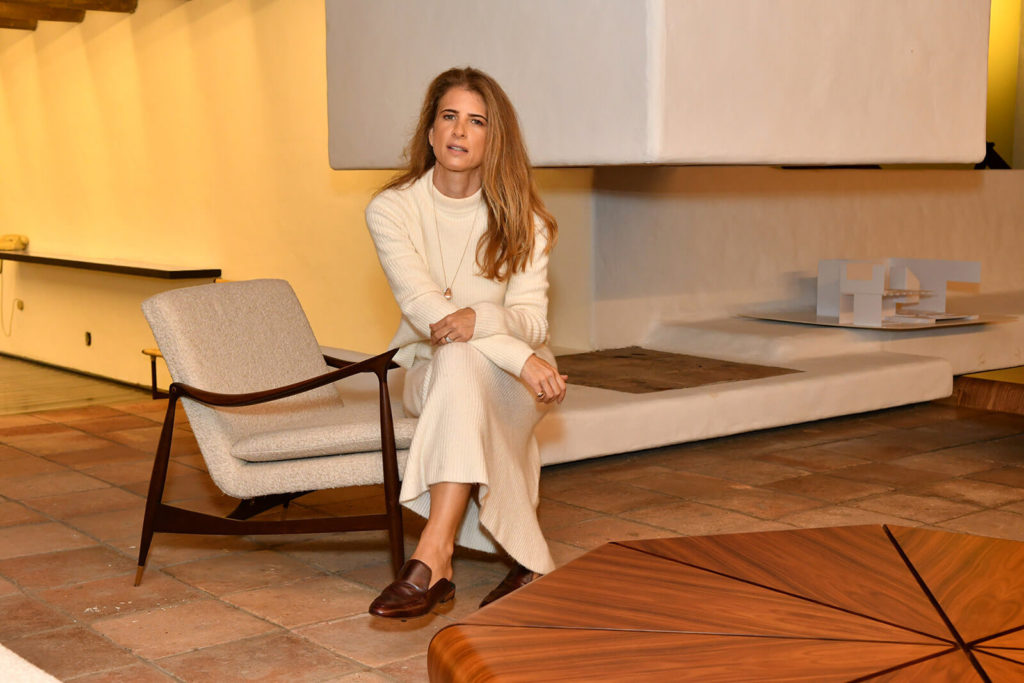
Lissa Carmona
COURTESY: ETEL / PHOTOGRAPH: Iara Morselli
“This exhibition is about these life cycles, one ending, another one beginning. His physical presence is no longer, but even absent he is still present through his creations,” Carmona reflects.
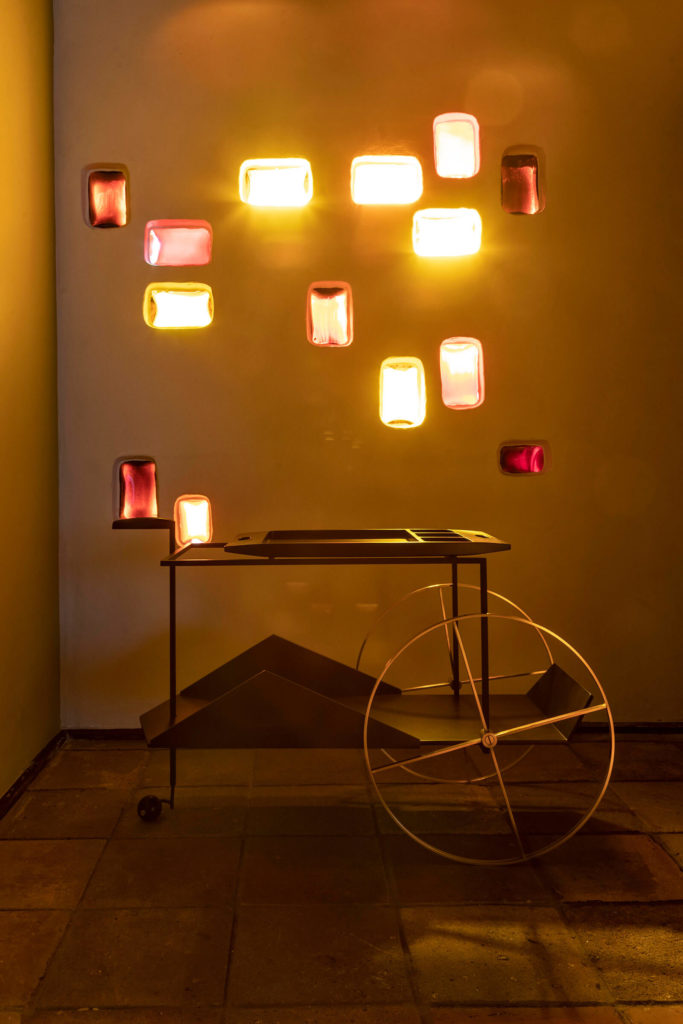
Jorge Zalszupin, ‘JZ Tea Trolley’, circa 1950s
COURTESY: ETEL / PHOTOGRAPH: Ruy Teixeira
Together with architect Mariana Schmidt from the São Paulo based MNMA Studio, who helped design the exhibition, Carmona installed a selection of 25 furniture pieces that showed Zalszupin’s range – from his classic pieces from the 1950s and 60s, like the ‘Ouro Preto’ chair, to his pop modern pieces such as the voluptuous ‘Manhattan’ armchair.
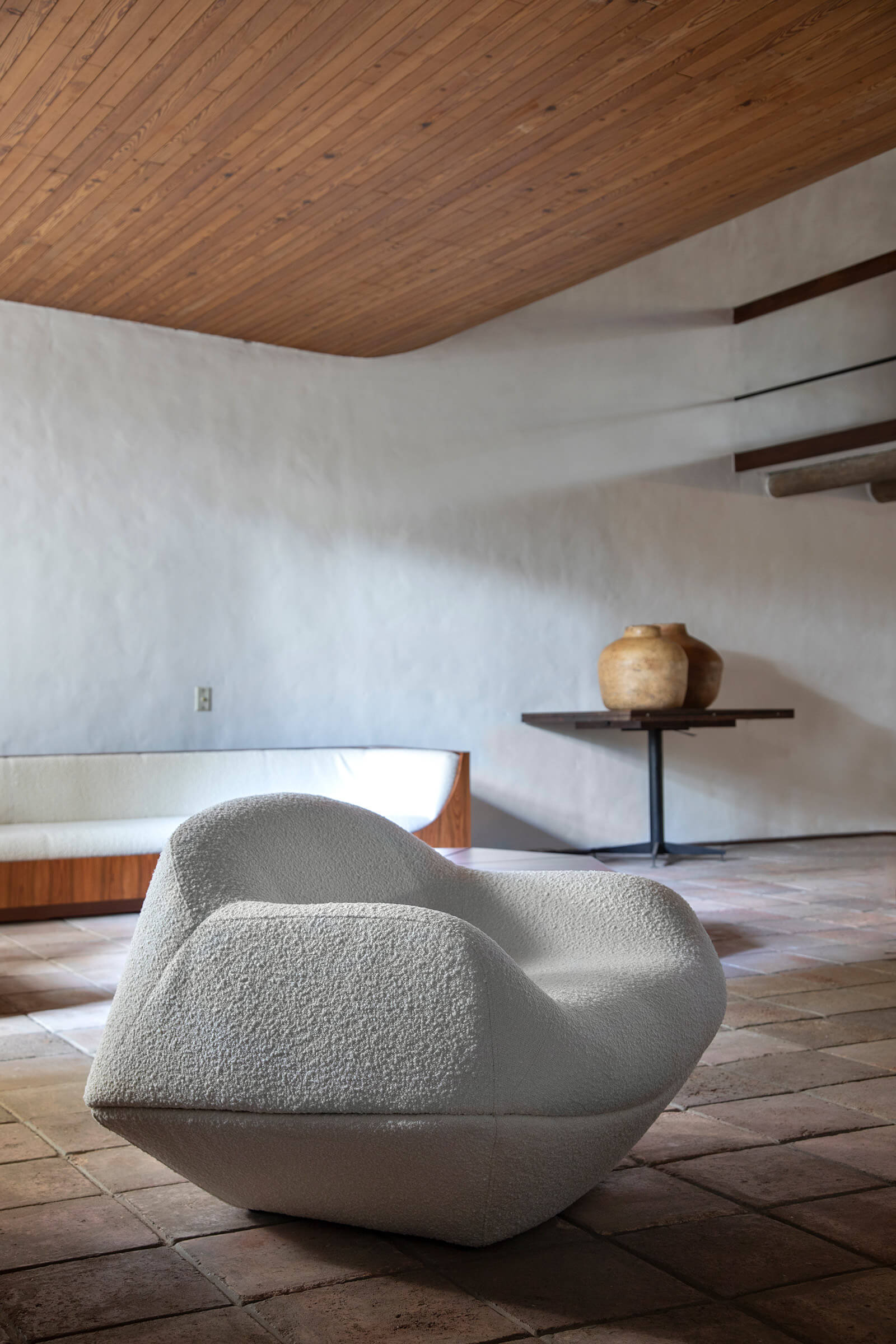
Jorge Zalszupin, ‘Manhattan’ armchair, circa 1960s
COURTESY: ETEL / PHOTOGRAPH: Ruy Teixeira
“This exhibition is about life cycles – one ending, another beginning”
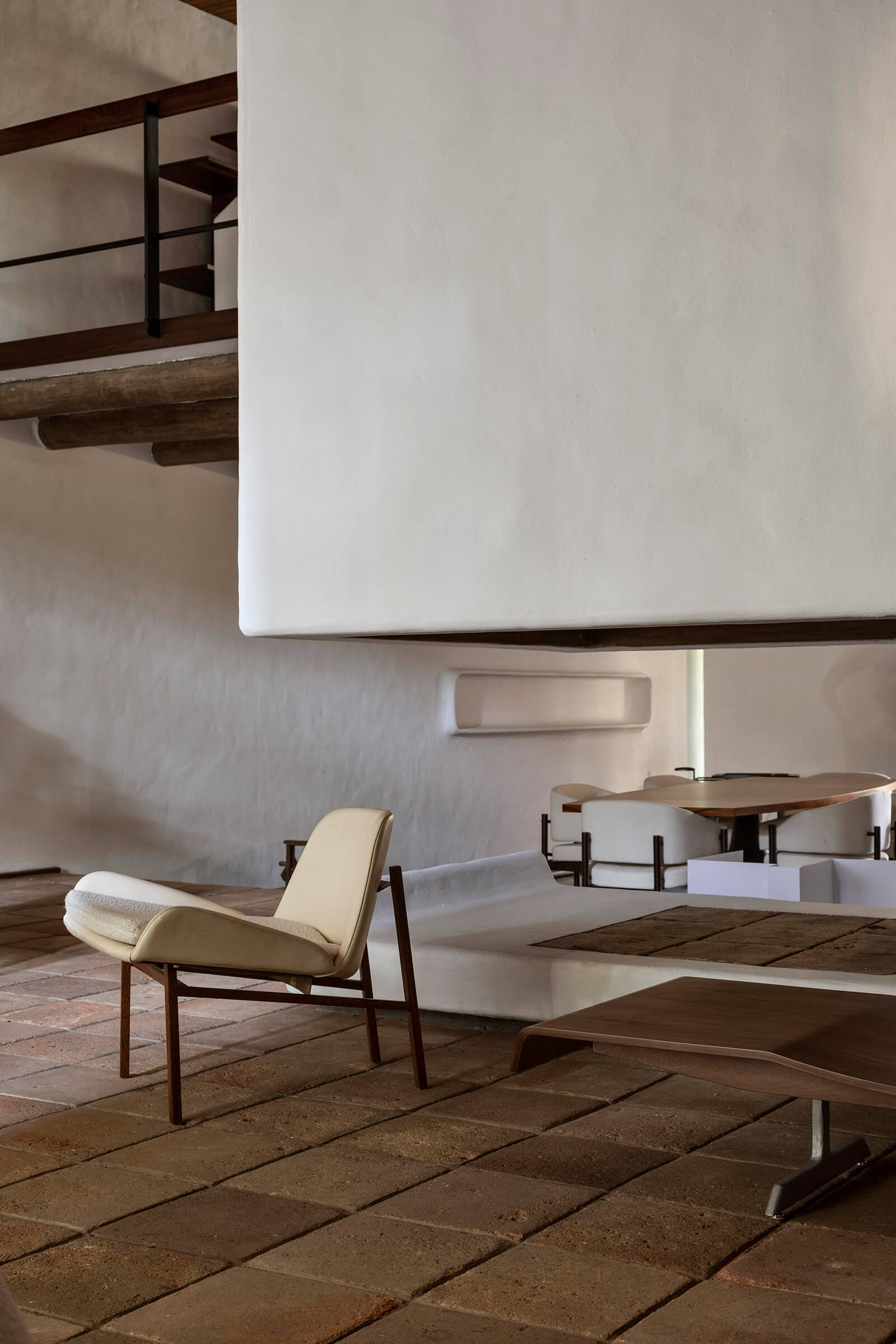
Jorge Zalszupin, ‘Adriana’ armchair, 1962
COURTESY: ETEL / PHOTOGRAPH: Ruy Teixeira
“His physical presence is no longer, but even absent he is still present through his creations”
The house itself can barely be seen from the street as it is nestled under and behind a large, oversized centenarian tree. Zalszupin’s architecture refers to both his Scandinavian and Brazilian influences. “It’s a house where he experimented a lot with different references, mixing them together, from traditional Brazilian elements like the rough stucco wall treatments, to the Scandinavian looking curved wood ceiling”, explains Carmona. The interiors have a carefully orchestrated sequence of spatial contractions and expansions, low ceilings that give way to double-height spaces, and openings that carefully calibrate views and lights with a most engaging effect and an overall feeling of shelter.
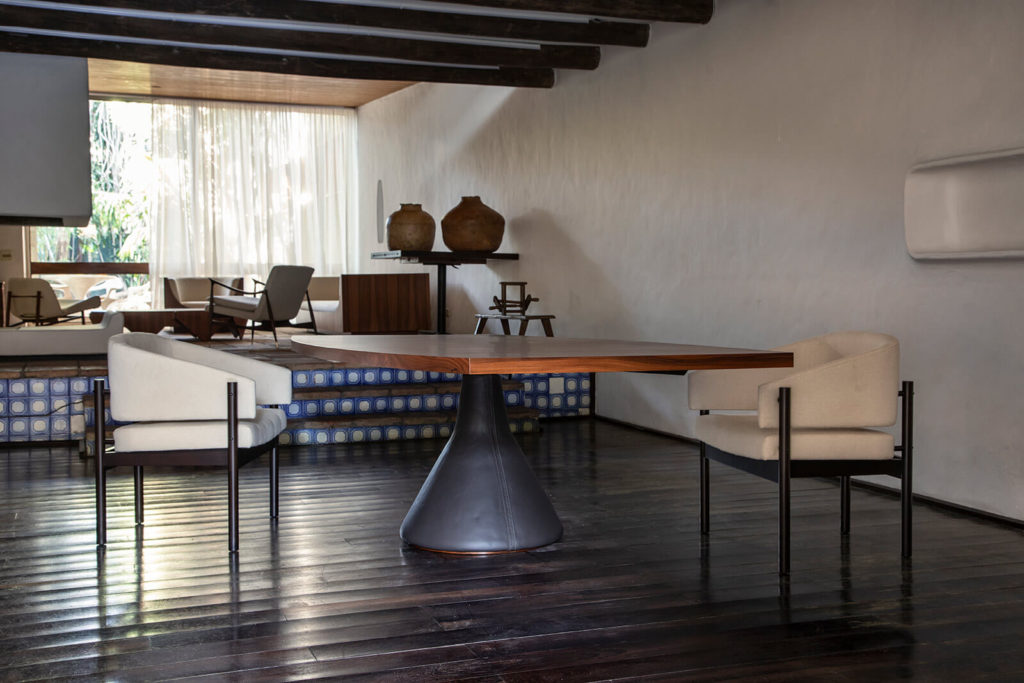
Installation view
COURTESY: ETEL / PHOTOGRAPH: Ruy Teixeira
One of the most surprising parts of the exhibition is the discovery of his artwork. His art-making was something kept very private and only shared with his closest inner circle. Of medium size scale and in a variety of mediums, many of his pieces are assemblages where he seemed to be experimenting with textures, studying the possibilities of materials combinations. On view is a series made with white paper – cutting and sculpting it into sensual compositions full of movement and a subtle yet dramatic light.
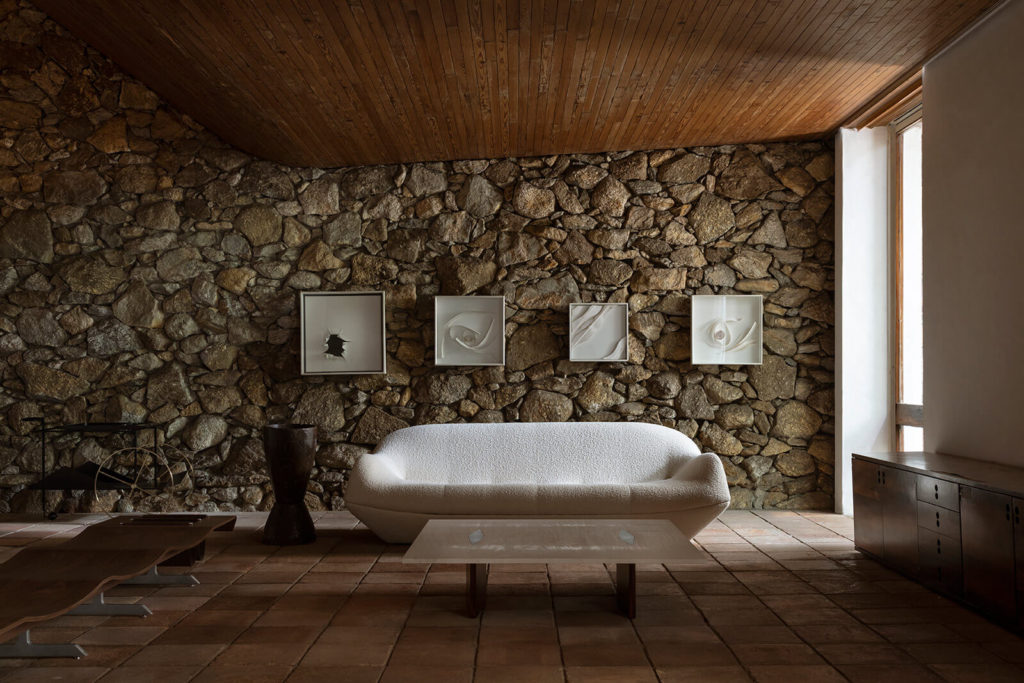
Living room area, with ‘Manhattan’ sofa, 1960s, ‘Limestone’ coffee table, 1950/2006; (left) ‘Onda’ bench, 1959/2012; (wall) original artwork by Zalszupin
COURTESY: ETEL / PHOTOGRAPH: Ruy Teixeira
The juxtaposition of all these different creative expressions makes for moments of an intimate connection with the designer, as well as a direct and personal understanding of his concepts. “The legacy of this house is to show the confluence of the artistic visions of this great master of Brazilian design”, states Carmona.
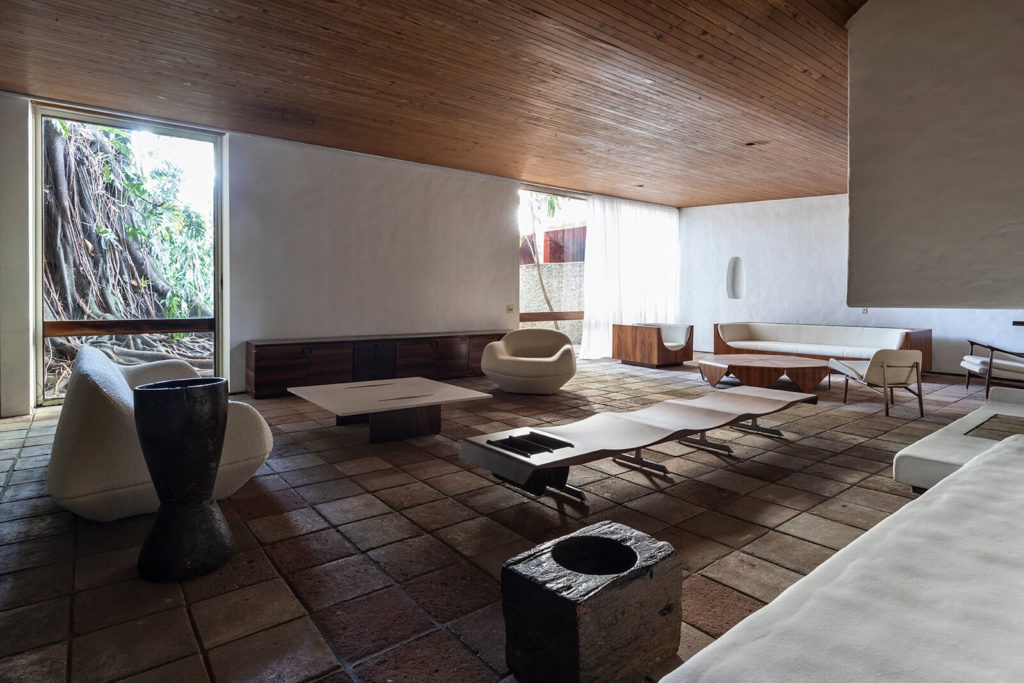
Installation view
COURTESY: ETEL / PHOTOGRAPH: Ruy Teixeira
The exhibition opened on 9th June, on what would have been the designer’s 99th birthday, and will run until the end of the month.
Lissa Carmona introduces (Entre) Tempos and talks about the legacy of architect and designer Jorge Zalszupin
COURTESY: ETEL
(Entre) Tempos is open by appointment only. Please email: design@etel.design.com
